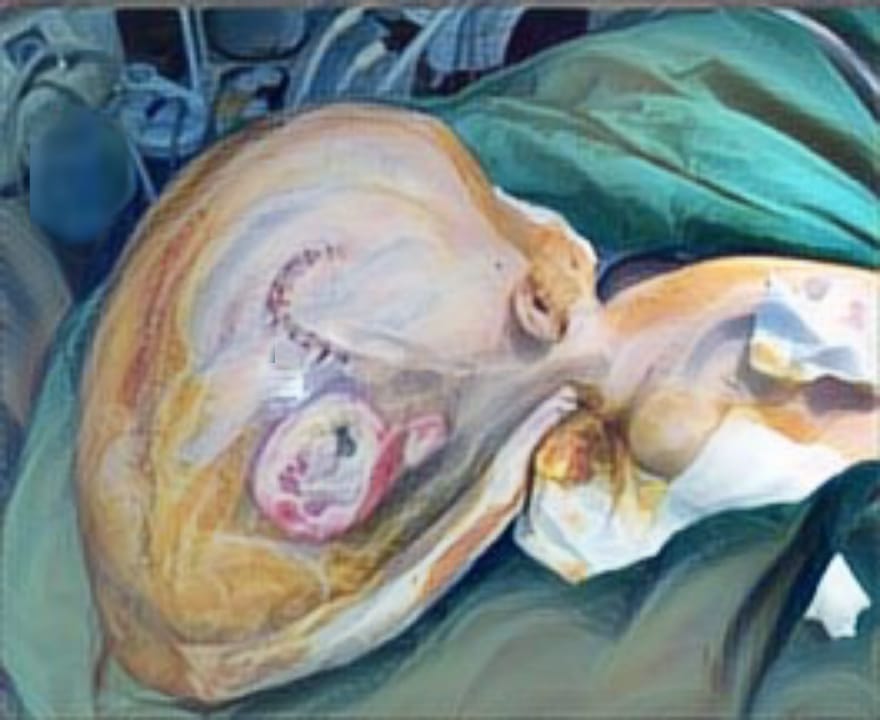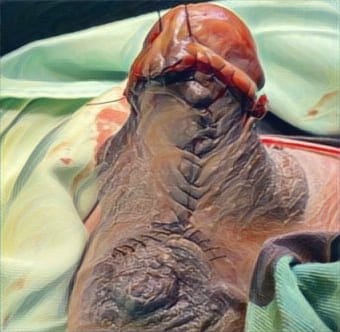A LITERATURE REVIEW: THE EFFECT OF HONEY IN PRESSURE ULCERWOUND HEALING ACCELERATION

Downloads
HIGHLIGHTS:
1. Honey dressings can accelerate wound healing in patients with pressure ulcers.
2. Honey-soaked gauze can provide quicker pain relief and reduce discomfort during dressing changes compared to other topical dressings.
ABSTRACT:
Background: Pressure ulcers occur due to prolonged pressure and friction in areas of bony prominences that result in tissue injury with varying depths. To date, there is no standardized wound dressing for these ulcers. From the review of the availability and affordability aspects, honey can be used as a wound dressing because it contains anti-oxidants, anti-inflammatory, and anti-bacterial properties. This article investigates the advantages of honey dressing over other modern dressings. Methods: Literature search from online databases using relevant keywords. A total of three articles were discussed in this review article. Results: All articles agreed that giving honey to pressure ulcer wounds reduced wound size and pain. Honey-soaked gauze provided quicker pain relief during treatment and reduced discomfort with each dressing change. Wound healing was proven to be four times faster with honey compared to other topical dressings. The anti-bacterial effect of honey could not be significantly confirmed in this study. Nonetheless, honey dressings succeeded in accelerating wound healing in patients with pressure ulcers. Conclusion: Honey can be a promising alternative to topical dressings in patients with pressure ulcers.
Harrison T, et al. Principles of Internal Medicine. New York: McGraw-Hill Medical Publ. Division; 2015.
Bhattacharya S, Mishra RK. Pressure Ulcers: Current Understanding and Newer Modalities of Treatment. Indian J Plast Surg. 2015; 48 (1):4-16.
Edsberg LE, Black JM, Goldberg M, et al. Revised National Pressure Ulcer Advisory Panel Pressure Injury Staging System: Revised Pressure Injury Staging System. J Wound Ostomy Continence Nurs. 2016; 43 (6): 585-97.
Sood A, Granick MS, et al. Wound Dressings and Comparative Effectiveness Data. Adv Wound Care (New Rochelle). United States. 2014. p.511-29.
Volakakis E, Papadakis M, Manios A, et al. Platelet-rich Plasma Improves Healing of Pressure Ulcers as Objectively Assessed by Digital Planimetry. Wounds. 2019; 31 (10): 252-6.
Yaghoobi R, Kazerouni A, Kazerouni O. Evidence for Clinical Use of Honey in Wound Healing as an Anti-bacterial, Anti-inflammatory Anti-oxidant and Anti-viral Agent: A Review. Jundishapur J Nat Pharm Prod. 2013; 8 (3): 100-4.
Yaghoobi R, Kazerouni A, Kazerouni O. Evidence for Clinical Use of Honey in Wound Healing as an Anti-bacterial, Anti-inflammatory Anti-oxidant and Anti-viral Agent: A Review. Jundishapur J Nat Pharm Prod. 2013; 8 (3): 100-4.
Samarghandian S, Farkhondeh T, Samini F. Honey and Health: A Review of Recent Clinical Research. Pharmacognosy Res. 2017; 9 (2): 121-7.
Gupta SS, Singh O, Bhagel PS, et al. Honey Dressing Versus Silver Sulfadiazene Dressing for Wound Healing in Burn Patients: a Retrospective Study. J Cutan Aesthet Surg. 2011; 4 (3): 183-7.
Gulati S, Qureshi A, Srivastava A, et al. A Prospective Randomized Study to Compare the Effectiveness of Honey Dressing vs. Povidone Iodine Dressing in Chronic Wound Healing. Indian J Surg. 2014; 76 (3): 193-8
Khadanga S, Dugar D, Karuna T, et al. Effects of Topical Honey Dressingin Decubitus Ulcer. Asian Journal of Medical Sciences. 2015: 6 (4): 99-101.
Saha A, Chattopadhyay S, Azam M, et al. The Role of Honey in Healing of Bedsores in Cancer Patients. South Asian J Cancer. 2012. p.66-71.
Yapucu Gunes U, Eser I. Effectiveness of a Honey Dressing for Healing Pressure Ulcers. J Wound Ostomy Continence Nurs. 2007; 34 (2): 184-90.
CEBM. Therapy Study - Critical Appraisal University of Oxford: Center of Evidence-Based Medicine; 2011 [December 1, 2019]. Available from: https://www.cebm.net/wp- content/uploads/2018/11/RCT.pdf
CEBM. Therapy Study - Critical Appraisal University of Oxford: Center of Evidence-Based Medicine; 2011 [December 1, 2019]. Available from: https://www.cebm.net/wp- content/uploads/2018/11/RCT.pdf
Vyhlídalová D, Kozáková R, Zeleníková R. Management of Non-Healing Wounds with Honey Dressings: A literature Review Central European Journal of Nursing and Midwifery. 2018; 9 (3): 880-8.
Jull AB, Cullum N, Dumville JC, et al. Honey as a Topical Treatment for Wounds. Cochrane Database Syst Rev. 2015 (3): Cd005083.
Biglari B, vd Linden PH, Simon A, et al. Use of Medihoney as A Non-Surgical Therapy for Chronic Pressure Ulcers in Patients with Spinal Cord Injury. 2012; 50 (2): 165-9.
Dunford CE, Hanano R. Acceptability to Patients of AHoney Dressing for Non- Healing Venous Leg Ulcers. J Wound Care. 2004; 13 (5): 193-7.
Wijesinghe M, Weatherall M, Perrin K, etal. Honey in The Treatment of Burns: A Systematic Review and Meta-Analysis of Its Efficacy. NZ Med J. 2009; 122 (1295): 47-60.
Gilligan AM, Waycaster CR, Bizier R, et al. Comparative Effectiveness of Clostridial Collagenase Ointment to Medicinal Honey for Treatment of Pressure Ulcers. Adv Wound Care (New Rochelle). 2017; 6 (4): 125- 34.
Albaridi NA. Anti-bacterial Potency of Honey. International Journal of Microbiology. 2019; 2019: 1-10.
Johnston M, McBride M, Dahiya D, et al. Anti-bacterial Activity of Manuka Honey and Its Components: An overview. AIMS Microbiol. 42018. p.655-64.
Jenkins R, Cooper R. Improving Antibiotic Activity against Wound Pathogens with Manuka Honey In Vitro. Plos One. 2012; 7 (9): e45600.
Copyright (c) 2022 Yuni Ariani, Titin Aliyatur, Bambang Wicaksono

This work is licensed under a Creative Commons Attribution-ShareAlike 4.0 International License.
JURNAL REKONSTRUKSI DAN ESTETIK by Unair is licensed under a Creative Commons Attribution-ShareAlike 4.0 International License.
- The journal allows the author to hold copyright of the article without restriction
- The journal allows the author(s) to retain publishing rights without restrictions.
- The legal formal aspect of journal publication accessbility refers to Creative Commons Attribution Share-Alike (CC BY-SA)




















